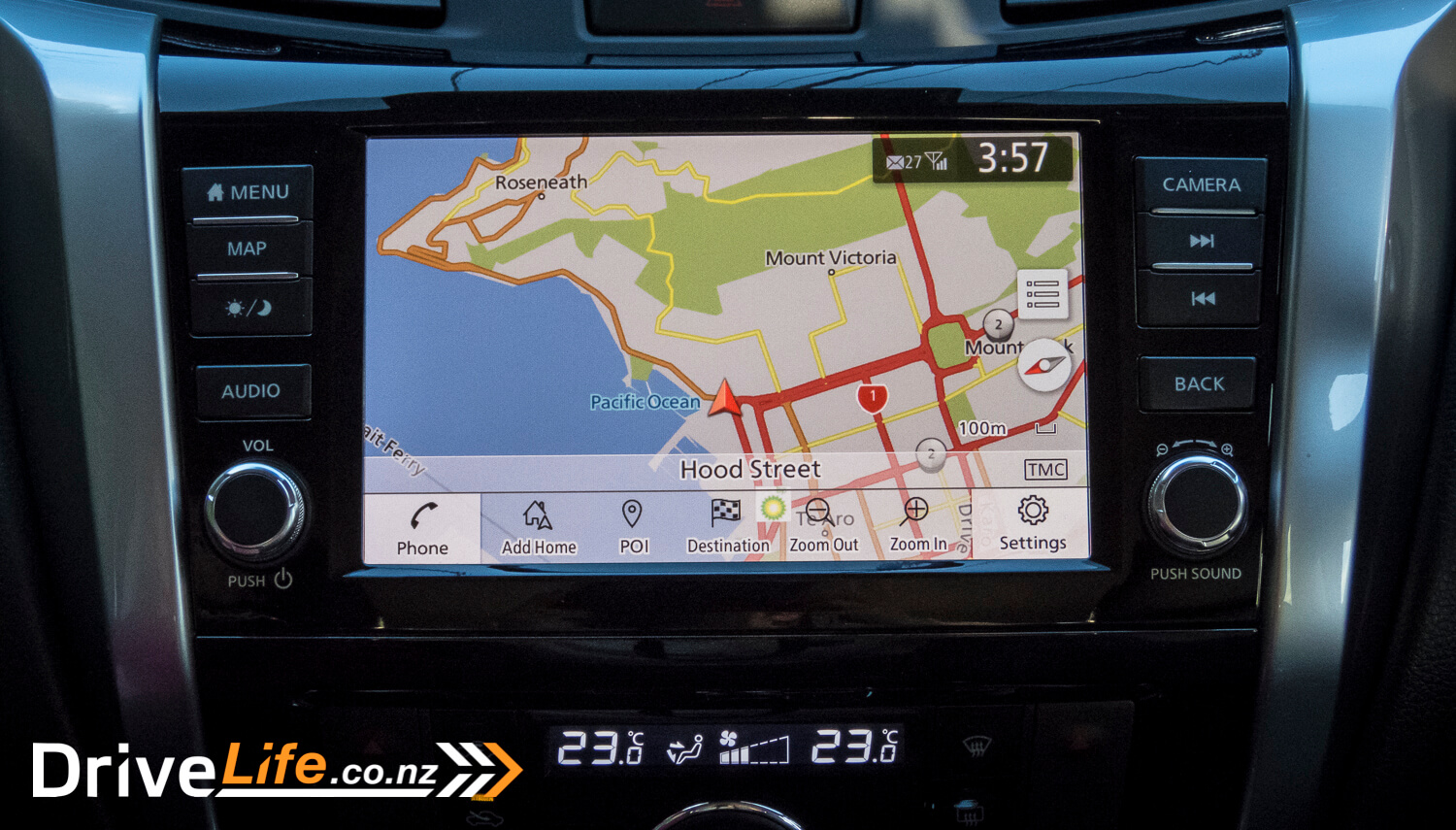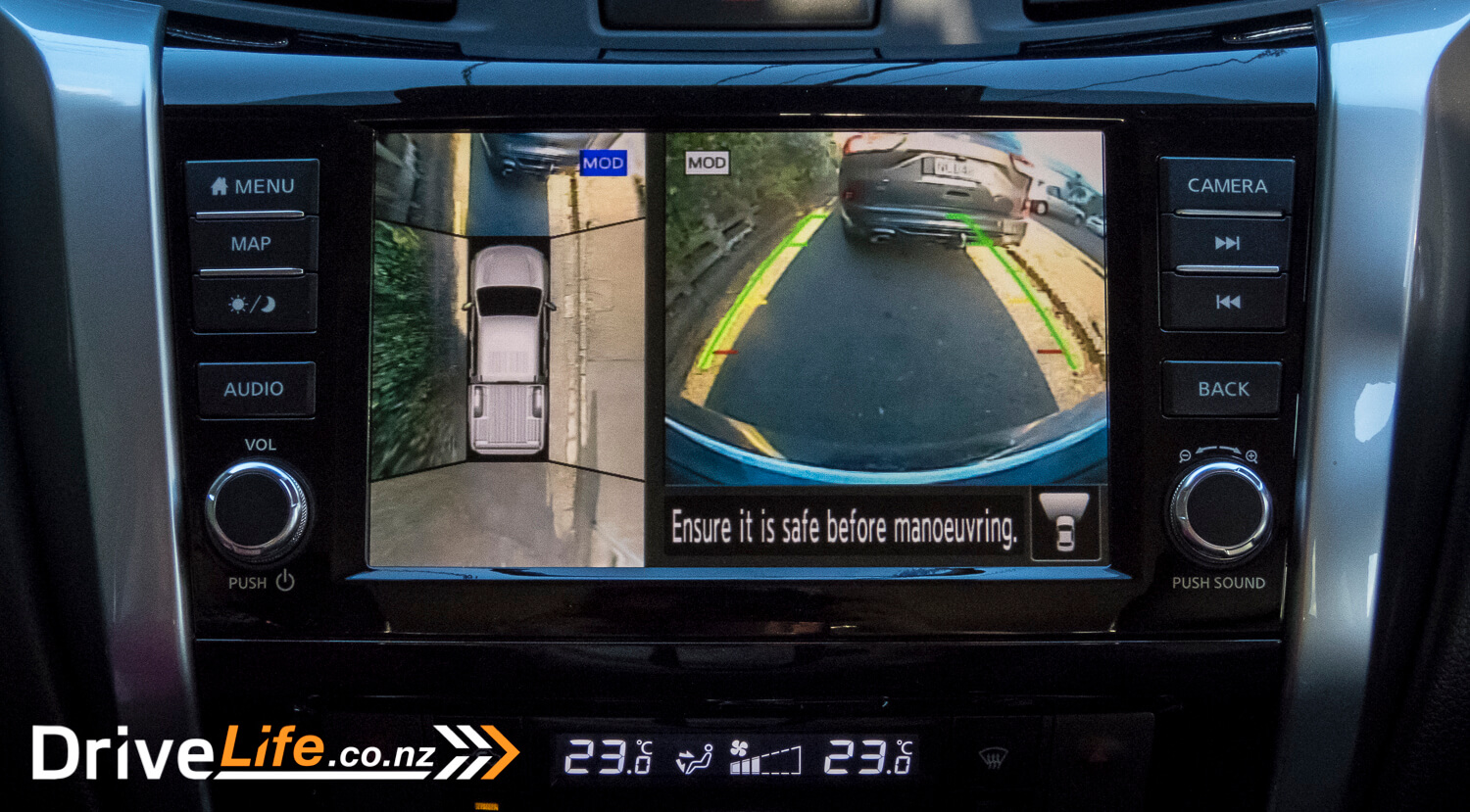The modern ute buyer is spoiled for choice in 2021. There’s plenty of established names, plus many newcomers available in the lucrative ute market. Only a few of these brands can boast a name which has stood the test of time.
The Nissan Navara is one of those utes which carries a legacy, having been around since the early 1970s, jousting with the Toyota Hilux from way back then.
The joust continues to this date, yet the Navara seems to have lost footing amongst its competition. The Navara sold 2632 units in 2020, placing it 13th in overall vehicle sales. Meanwhile, the Ford Ranger and Toyota Hilux took out 1st and 2nd spots respectively, tailed closely by the Mitsubishi Triton.
Nissan has seen some improvement in the numbers, with the Navara having sold 1868 units so far in 2021. Granted, this is still well behind the Ranger and Hilux, sitting on 5135 and 4777 sold respectively.
We can only speculate why the Navara hasn’t kept up over the years. The last Navara we tested was the Navara N-trek Warrior. The Warrior performed well, scoring high points on off-road capability, ride comfort and for its mentalist aesthetic package. But its overall performance was otherwise stained by obviously dated, and lack of, drivers and on-board tech.
This new Navara brings with it a healthy smattering of new technology to bring it into the 21st century, along with some aesthetic and drivetrain tweaks.
Can this fresh Navara claw back territory in the ute segment? Nissan tossed us the keys to find out.
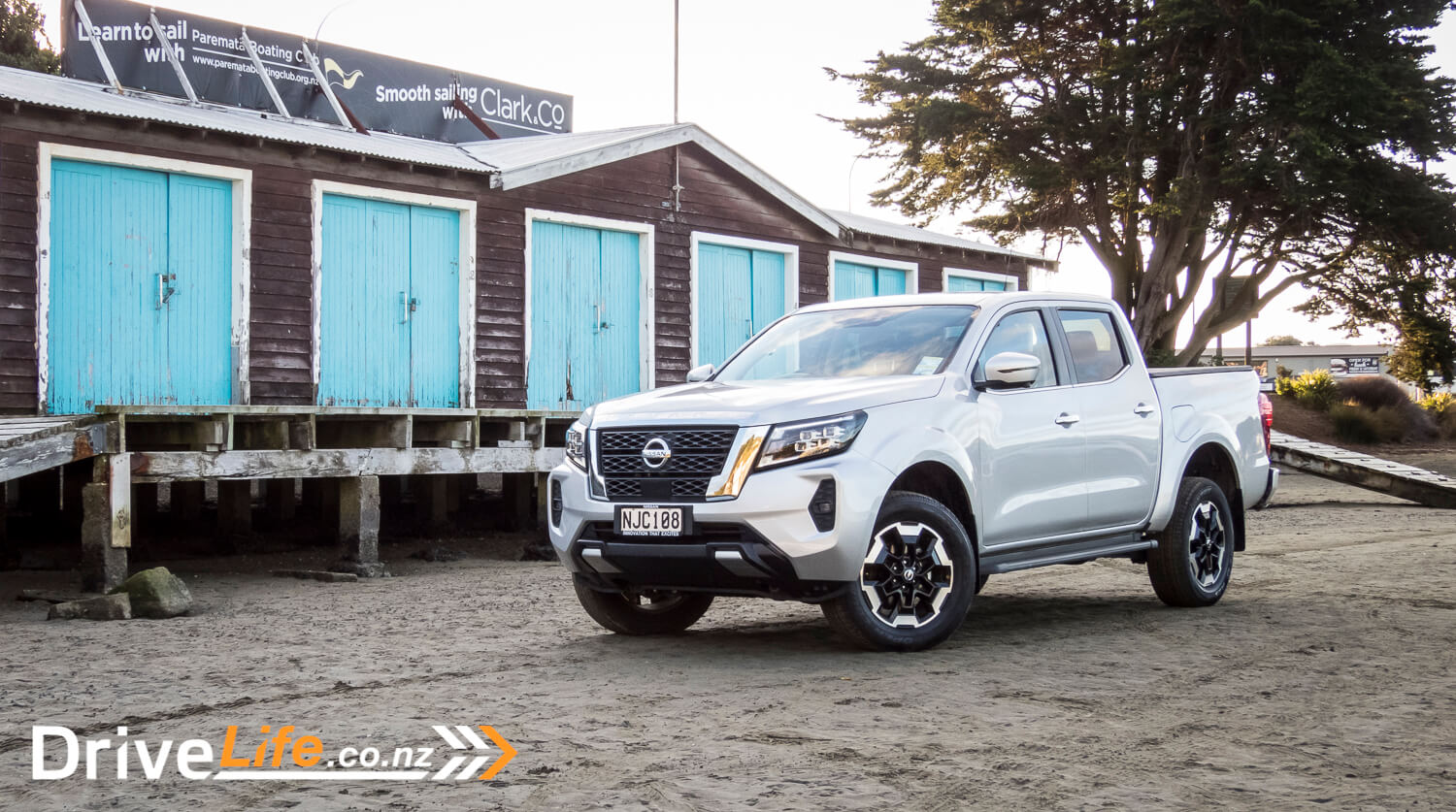
What’s in the 2021 Nissan Navara Range?
It seems that nearly every ute range has grown substantially through the years, and the Nissan Navara is no exception. Once you’ve factored in drivetrain and every cab-size, there’s over 16 models of Navara available!
Fortunately, you can simplify the range by specification, leaving four core specs of Navara available. The range in ascending order are as follows; the SL (base-spec), ST, ST-X and Pro-4X. There’s currently no Navara Warrior available, but a new one has been teased.
All available models are priced below:
| 2WD | |||
| Model | Body | Transmission | Price (NZD) |
| SL | Single Cab Chassis | Automatic | $41,990 |
| SL | Double Cab | Manual | $45,490 |
| SL | Double Cab | Automatic | $48,490 |
| ST | Double Cab | Automatic | $52,990 |
| ST-X | Double Cab | Automatic | $57,490 |
| 4WD | |||
| Model | Body | Transmission | Price (NZD) |
| SL | Single Cab Chassis | Automatic | $51,990 |
| SL | King Cab Chassis | Automatic | $54,990 |
| SL | Double Cab | Manual | $55,990 |
| SL | King Cab | Automatic | $57,490 |
| SL | Double Cab | Automatic | $58,490 |
| ST | Double Cab | Manual | $60,490 |
| ST | Double Cab | Automatic | $62,990 |
| ST-X | King Cab | Automatic | $66,490 |
| ST-X | Double Cab | Automatic | $67,490 |
| Pro-4X | Double Cab | Manual | $67,990 |
| Pro-4X | Double Cab | Automatic | $70,490 |
Our test vehicle is double-cab Navara ST-X
The ST-X is offered with an array of features, including; 17’’ alloys, 8’’ infotainment with SatNav, Apple Carplay and Android Auto, 6-speaker audio, 8-way powered driver’s seat, heated front seats, leather seats, cruise control, dual zone climate control, remote keyless entry and push button start, tyre-pressure monitoring system, heated door mirrors, rain sensing wipers, privacy glass, auto LED headlights and LED indicators, Utili-Track tray-mounts, birds eye camera and around view monitor, auto-dimming rear-view mirror and rear parking sensors. The ST-X also gets a matching alloy spare, as opposed to a steel wheel.

The Navara ST-X is powered by Nissan’s 2.3L twin-turbo diesel engine, producing 140kW of power and 450Nm of torque. The ST-X’s engine is only paired to a 7-speed automatic transmission, but a 6-speed manual is available on SL and ST variants.
The powertrain allows for a towing capability of 3500kg braked and 750kg unbraked, and tray payload for the Navara ST-X is 1024kg.
The new Navara comes equipped with some of the latest driver assistance technology, including Lane Departure Warning, Lane Keep Assistance, Blind Spot Detection and Intervention, Forward Collision Warning, Intelligent Driver Alert and Autonomous Emergency Braking.
The Navara also wouldn’t live up to its name without being equipped with some off-road and towing equipment. A rear locking differential, hill descent control, trailer sway control, steel underbody protection, hill start assist and a drive mode selector with off-road and towing modes are standard on our ST-X.
There are six colours available for your Navara, these are; Black Star, Brilliant Silver, Burning Red, Forged Copper, Twilight Grey, Solid White and White Pearl. The top-spec Pro-4X gains a bonus colour, being Stealth Grey.
For more information on the Navara, visit Nissan New Zealand’s website.
What’s Our First Impressions Of The 2021 Nissan Navara ST-X?
The previous Navara was always a decent looking ute, if a tad on the conservative side. Because of this, it always sort-of just blended-in.
This new Navara has only undergone a minor aesthetic lift for 2021. But ya know the saying – less is more.
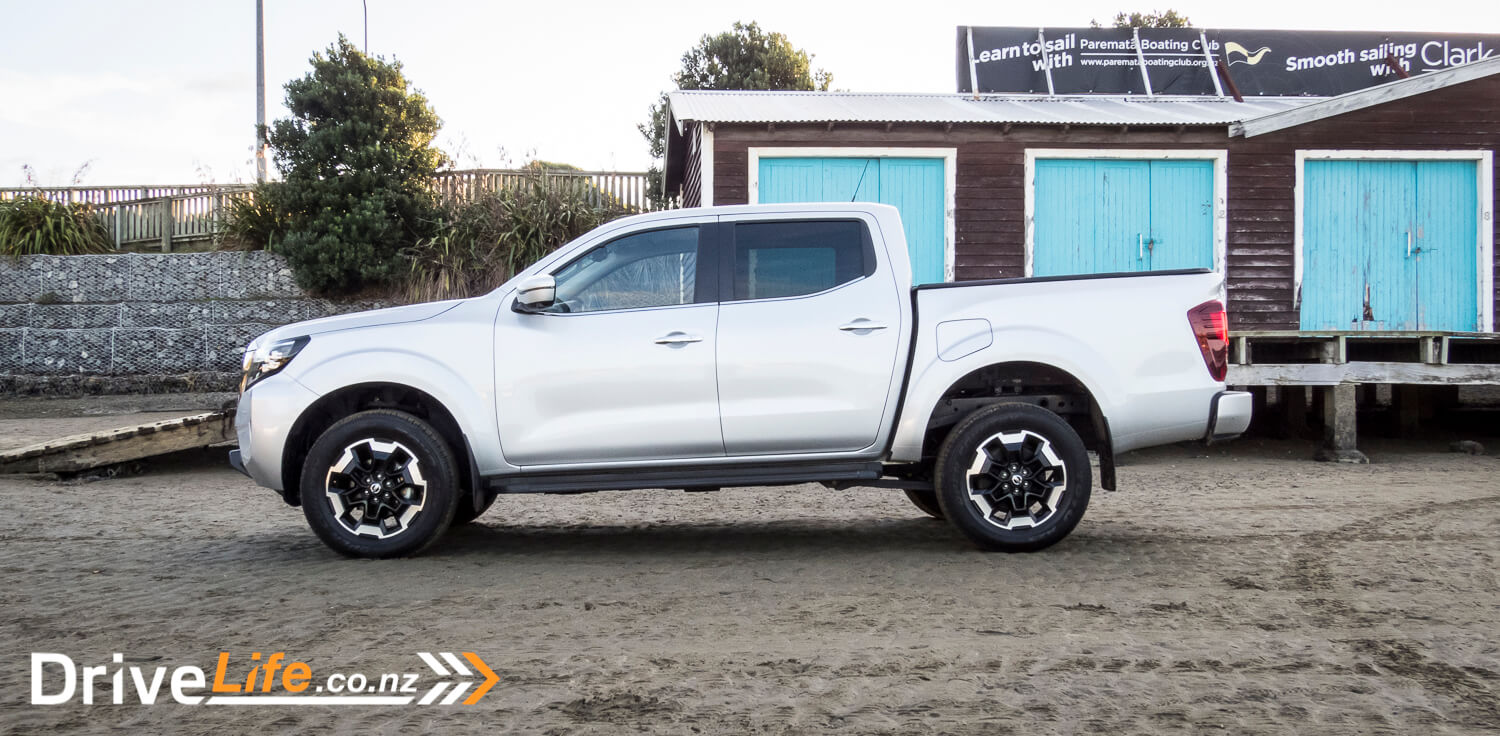
Many of the changes are in the face, including a fresh bonnet and bumper design, plus a front ‘interlock’ grille, which is inspired by Nissan’s North American truck line-up. Most notably, there’s the addition of some sharp quad LED headlights and daytime running lights. There are also a few other changes, including a subtle tailgate flair and the rear tray sits a fraction higher on the body.
It’s not much on paper, but the result speaks for itself. The new Navara looks much bolder and tougher than before. If I were to criticize anything, it would be that the Navara looks a bit behind the times compared to Nissan’s North American trucks. However, it doesn’t look out of place in our market.
In my eyes, the Navara graduates from ‘decent looking’ to being one of the better-looking utes on the market.
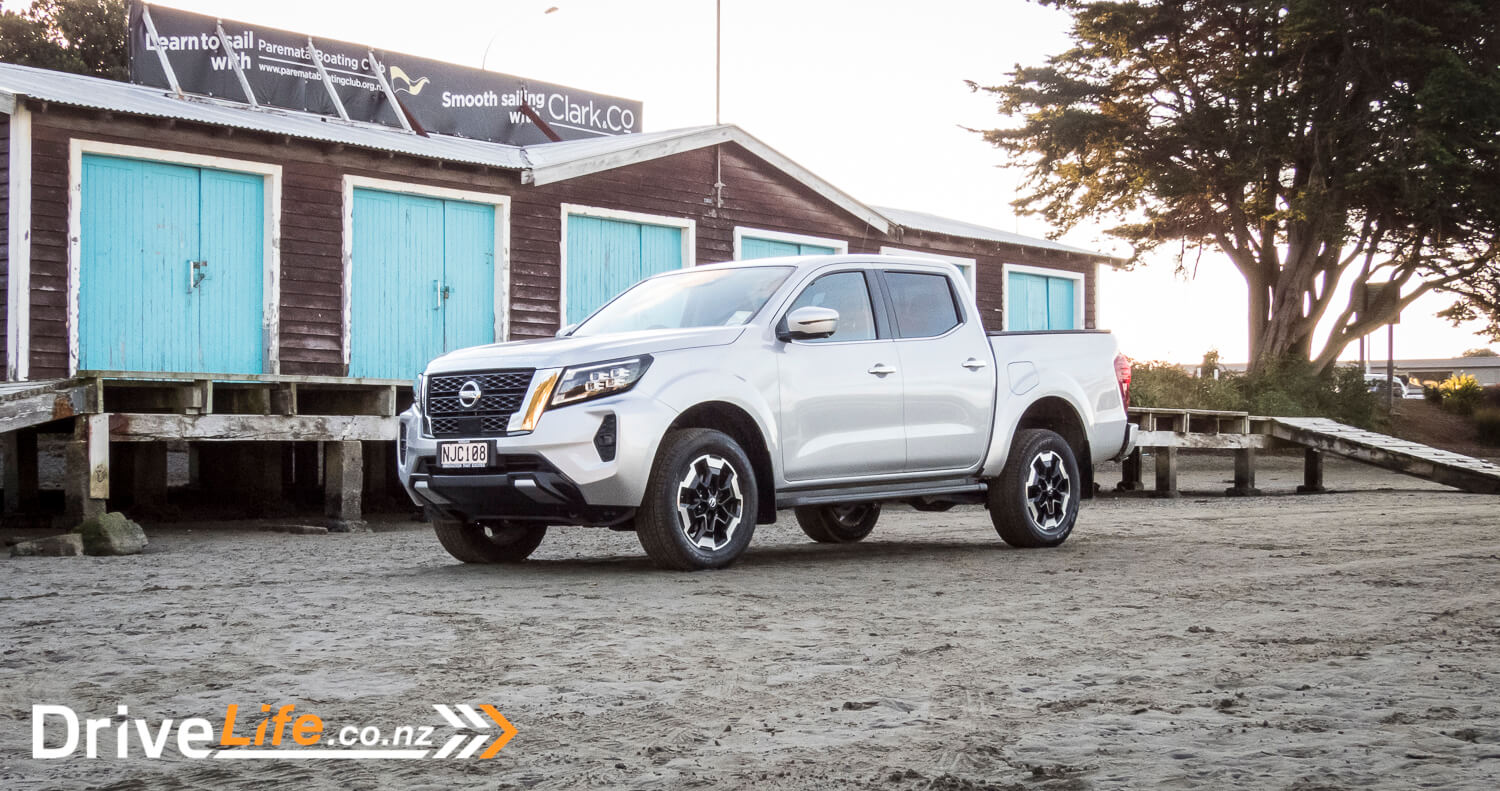
What’s The Interior Like On The Nissan Navara ST-X?
The aesthetic updates on the exterior hint at a bit of a theme for the new Navara. The interior of the Navara range has undergone several small tweaks, but an untrained eye would easily gaze over them. However, some of these interior tweaks are rather impactful once you’ve noticed them.
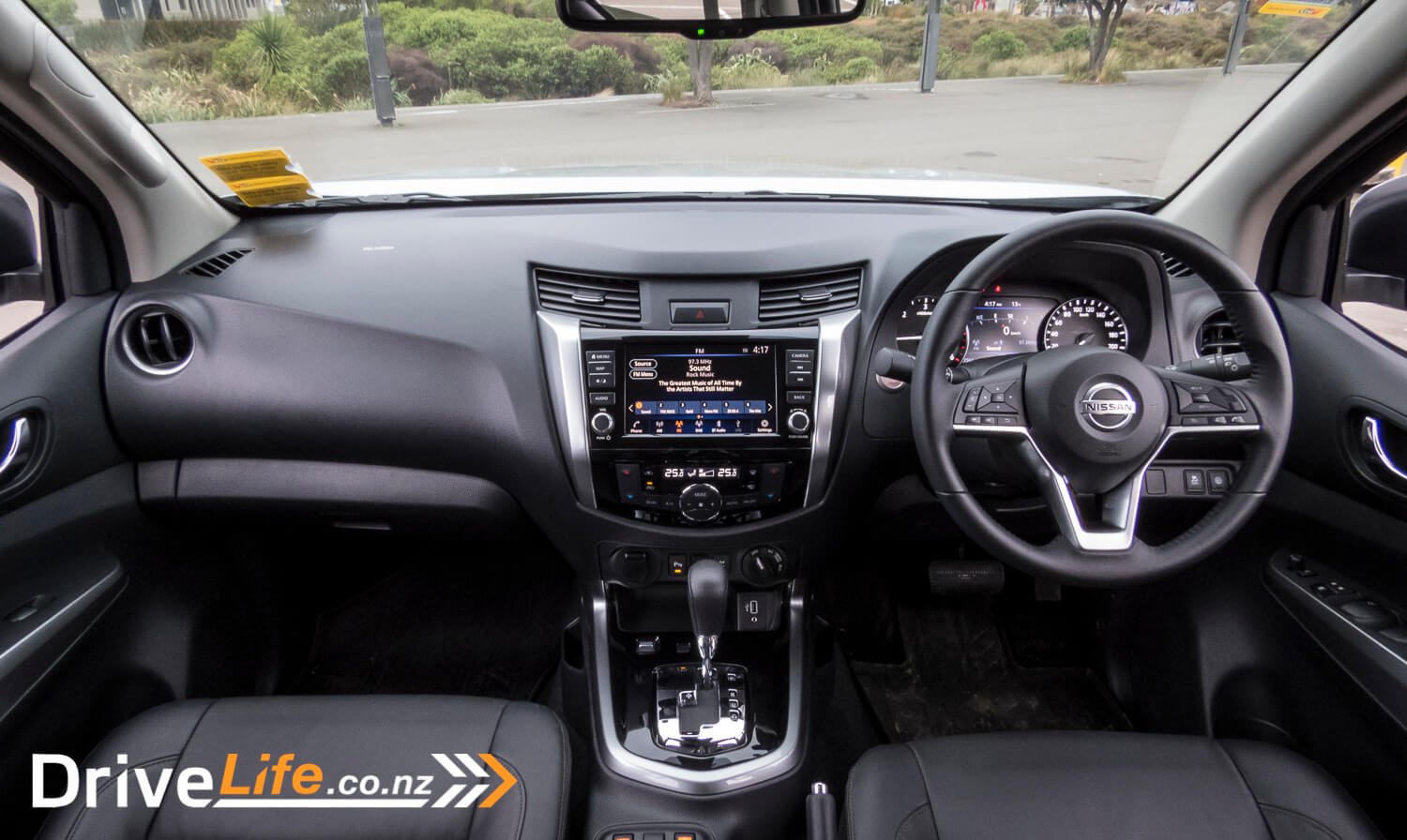
The most noteworthy changes sit right in-front of the driver, and the most noticeable of these changes is the updated instrument cluster. Nissan has modernised the cluster, by integrating a full digital display, which is flanked by two analogue dials. The instrument cluster was definitely a piece that showed the age of the old Navara, hence it’s great that Nissan has addressed this.
Nissan enthusiasts will also notice that the iconic compass has now been integrated into the digital display, instead of having the digital read-out that was traditionally on the rear vision mirror.
Once you’ve finished playing with the pretty instrument display, another change directly in front of you is the steering wheel. Nissan has ditched the old wheel for the latest in the Nissan’s lineup. The bezel is slightly thicker, and the controls are laid out in a more friendly manner. I’m mostly ambivalent about the change.
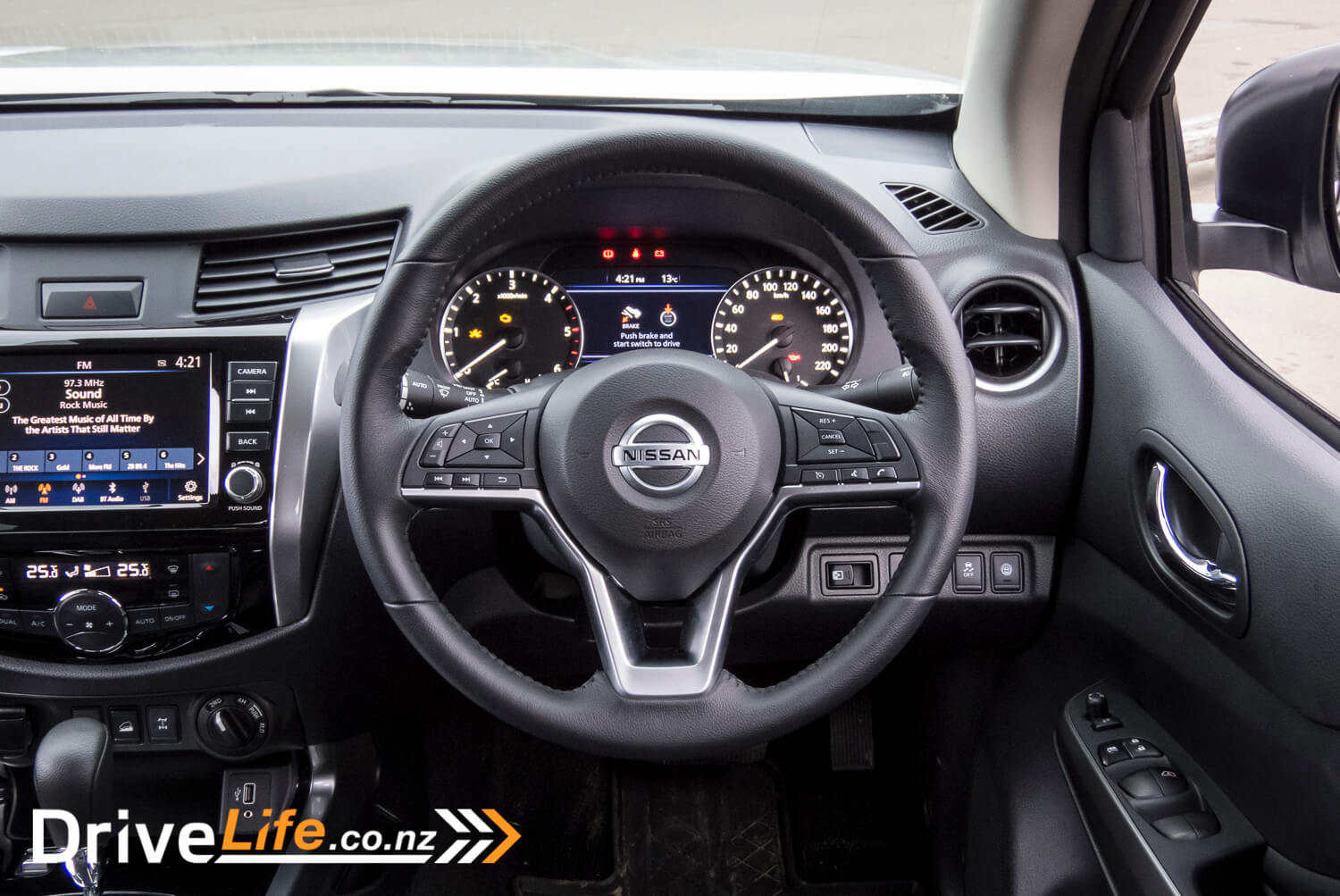
The seats have also undergone a redesign. They wear new leather upholstery, with different stitching designs, but another change you’ll notice once you’ve sat down. The front seats offer a whole new level of back and lumbar support. Comparatively the seats in the Warrior felt like a couch, with plenty of cushioning and not much back support.
Nissan has effectively done a 180 with the new seats. I enjoy a bit of lumbar support when I drive, and I am used to dialing it up in many new vehicles we test. In the Navara, I found the lumbar support to be adequate, even on its lowest of settings.

As for the rest of the interior, it is much like the ute before it. Jump inside, and you’ll be greeted by virtually the same dashboard layout, with all the same materials too.
Disappointingly, the dash of the new Navara does not have the integrated side cupholders, nor the storage space atop on the dash like on the Warrior.
Interior storage has been a sore point of the previous generation Navara, and unfortunately, Nissan hasn’t addressed this for the current model. There are still only a few open storage spaces in the cabin, and no obvious place to store your phone and wallet.
The most intuitive spot for your phone would be below the climate controls next to the USB port. Annoyingly, that USB port impedes on space meaning you cannot fit a modern smartphone in the space next to it. In practice, you’ll end up throwing your stuff in either the centre storage bin or the cupholders.
There are also two storage slots which jut out of the centre console near the driver and passenger’s knee area. I honestly cannot work out what these are for – business cards, maybe?
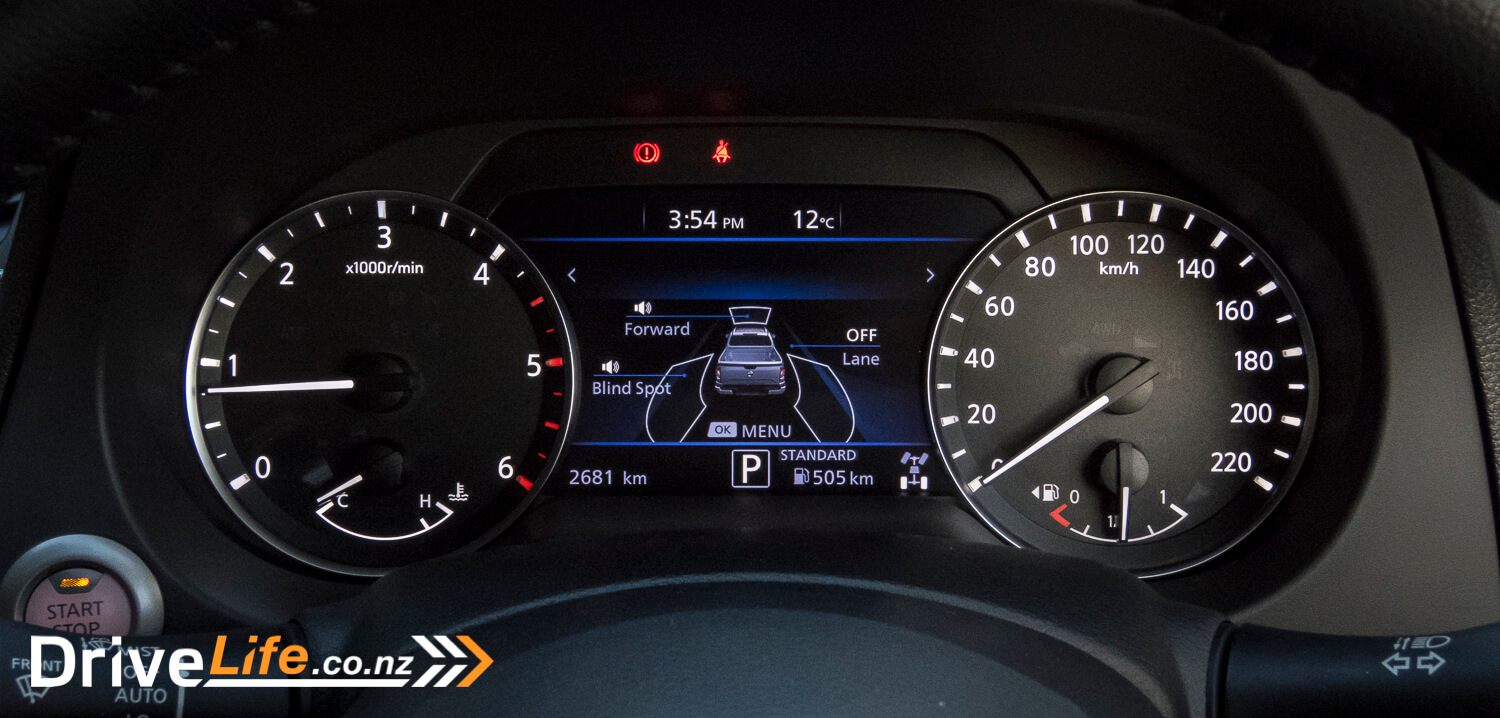
In the centre, the Navara uses an 8’’ infotainment unit, which appears to be carried over last year’s model. Nissan’s user interface is approachable, offers good resolution and is well responsive to the touch. The system is better than many of its ute competitors.
On the subject of resolution, Nissan should improve the exterior cameras. The Navara’s around-view monitor is a nice feature to have, but the camera display is a tad grainy and does not have a good refresh rate. Given we can now get 1080p resolution dashcams for south of $100, I would expect better for 2021.
The infotainment on the last Navara we tested occasionally would unexpectedly crash and automatically reboot, particularly when streaming music. I’m happy to report that no such issue occurred on this Navara.
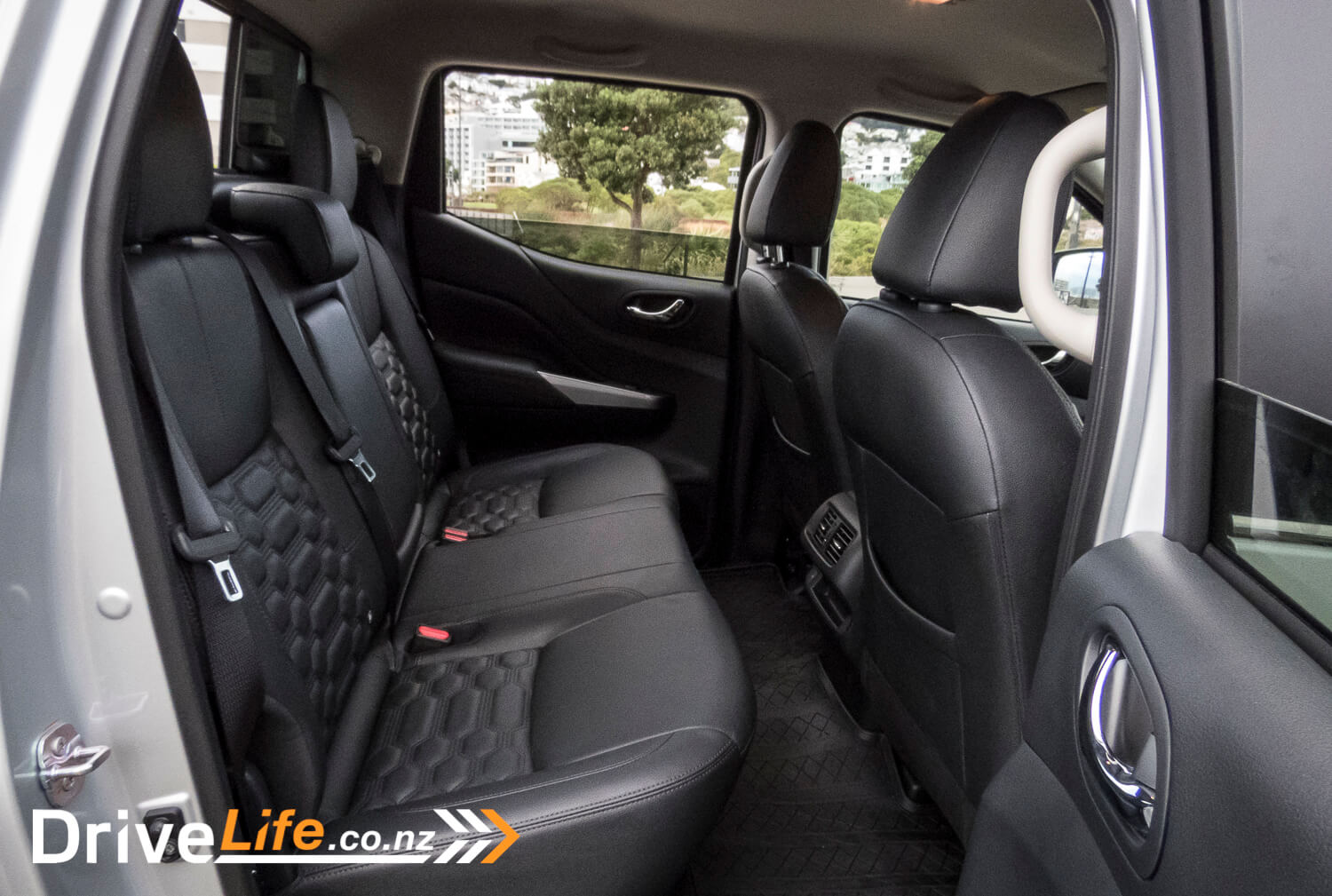
The rear section of the ute is much the same as before. Adults have decent headroom in the back, due to the reasonably low seat-base. There’s also a decent amount of leg-room, but nothing greater compared to the offering of competitors.
The rear of the ute contains two of the Navara’s best features, which are carried over from the previous model. The first of these is the genius sliding window incorporated into the rear glass. It’s basically a window which is great for airflow, and allows you to talk to your dog in the rear tray.
The second of these exists in the tray, which is the Navara’s Utili-Track tray-mounts. Instead of fixed mount points, the Navara has four sturdy mounting points which are adjustable via a tray mounted railing. It adds that extra level of versatility when stashing stuff in the tray. Speaking of the tray, it’s 1469mm long, 1560mm wide and 1134mm between the arches.
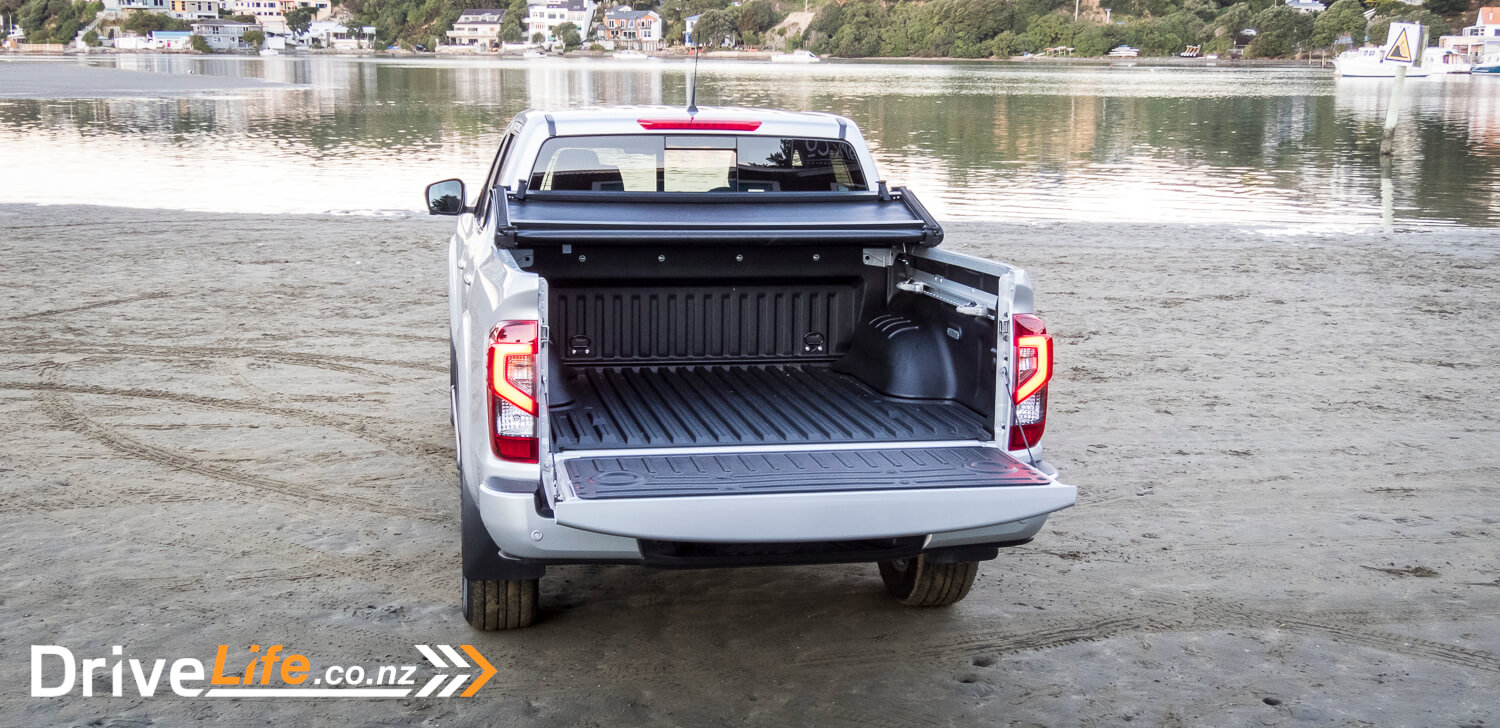
Overall, many of the cabin changes are a bit inconsequential, but some are certainly noticeable. Anyone who’s driven or owned a modern Navara should spot them easily.
All of the adjustments are generally a step in the right direction, with the exception of the loss of the side cupholders and the failure to address the interior storage.
Fortunately for Nissan, the Navara interior has always been a comfortable space, yet it does seem like a missed opportunity to not give the design a bit more of an overhaul given it’s roughly 7 years-old.
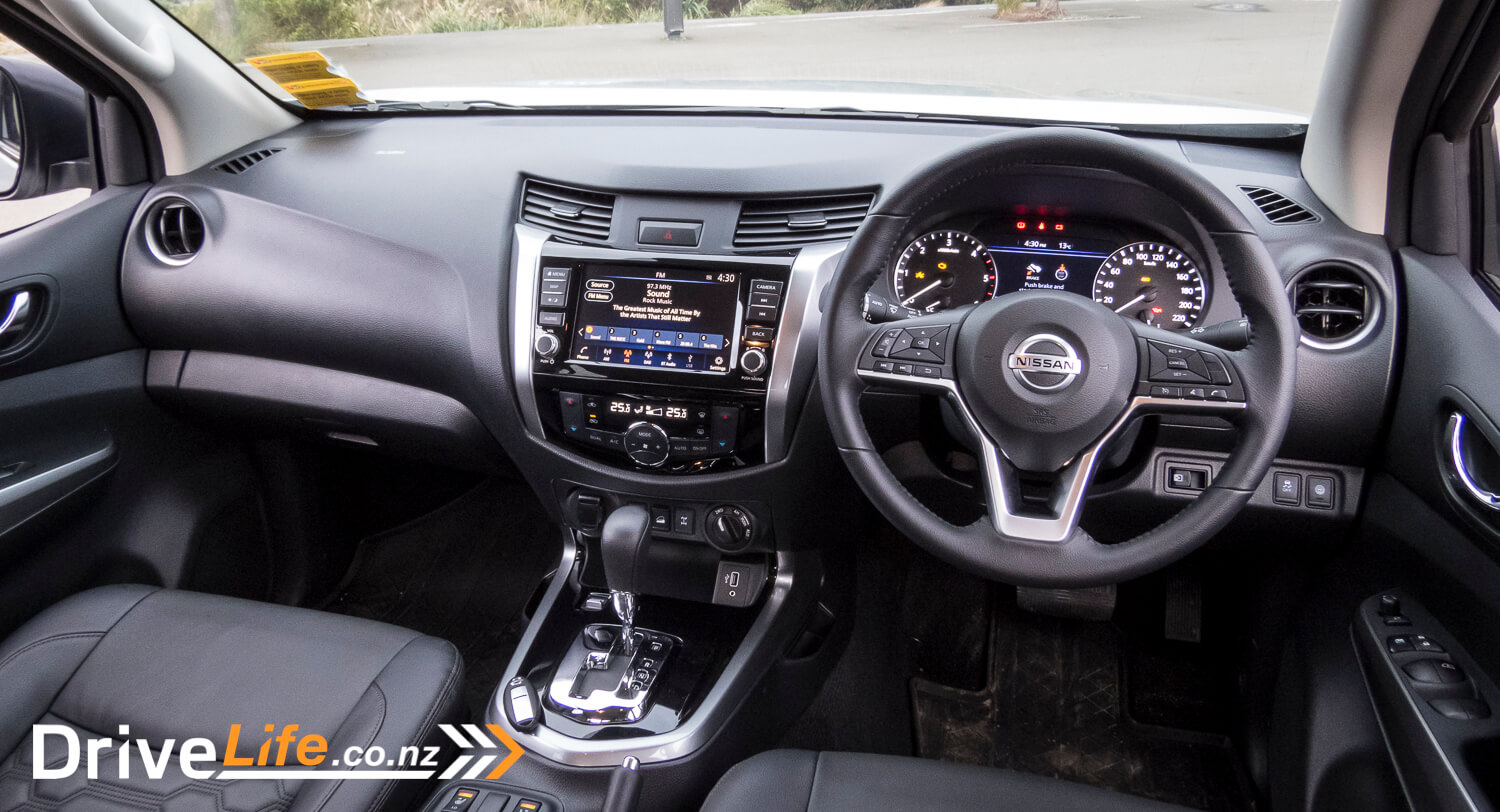
What Does The Nissan Navara ST-X Drive Like?
Continuing with the theme of this new Navara, not much has changed underneath the body and bonnet either.
Powering our Navara ST-X is a 2.3L twin-turbo diesel engine, carried over from the previous Navara model. This engine is used across the range, but lower trims are specced with a single turbo as opposed to the twin.
In twin-turbo configuration, the engine puts out the same but healthy 140kW of power and 450Nm of torque. This is paired with a 7-speed automatic gearbox.
On its own merits, the Navara’s powertrain package is a strong unit. There’s plenty of performance to get the job done. Compared with the latest crop of utes, the engine outputs put it fairly middle of the road. However, on paper outputs only paint half the picture. How does it perform in the real world?

Like many turbo diesel utes, there’s plenty of low to mid-range oomph delivered by the Navara’s healthy torque figure. As you begin to move to faster speeds, the engine starts to run out of breath a bit, and you will hear the turbos spooling as you jaunt along the highway.
This mightn’t sound too good, but this is fairly standard for most turbo-diesel utes.
Some utes do it better than others, and the Navara sits fairly middle of the pack in this regard. For example, the Toyota Hilux’s 2.8L turbo-diesel demonstrates a bit more strength when pushed at the top end. Nevertheless, the Navara’s performance will be more than satisfactory for most buyers.
Similar can be said for the 7-speed automatic which does the trick without much flair or fuss. There are smoother transmissions out there, such as Isuzu’s 6-speed auto, but in no respect does that make the Navara’s transmission bad. Again, it’ll be more than fine for most.
My only objective complaint with the transmission was that I noticed that it would occasionally downshift when coasting around 50Kph. It was good for keeping the ute within powerband and for engine braking, but around hilly Wellington, I’m more than happy to coast in a higher gear to optimise fuel economy.
Speaking of fuel economy, turbo-diesel utes only seem to be getting better and better. During our test with the Navara ST-X, we achieved a fuel economy result of 8.4L/100Kms, fairly close to Nissan’s own estimate of 7.9L/100Kms. This was also better than the result we gained with the last Navara, which landed squarely on 10L/100kms.
Our fuel economy result was achieved from mostly motorway travel, with some city driving, albeit to a lesser extent.
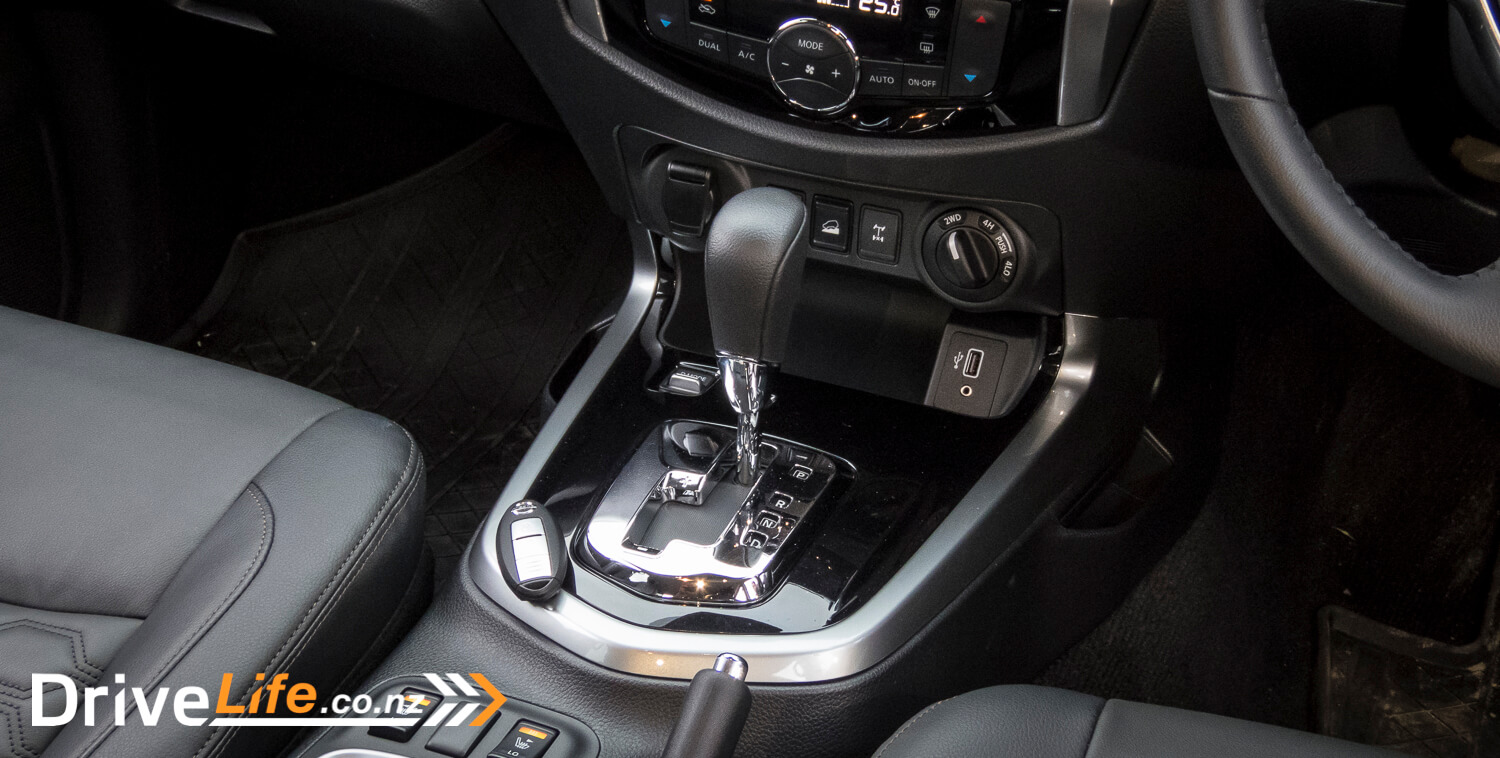
The Navara might sound a bit middle-of-the road with prospective buyers, and I’ll admit, it is a problem. However, where the Navara differs from the rest is with its suspension set-up. The Navara chassis uses a rear coil-spring suspension set-up (multi-link suspension), as opposed to a leaf spring set-up which is used by the majority of the ute competition.
The traditional advantage of a coil sprung rear end should be ride quality. Leaf springs are essentially layered pieces of curved metal, meaning their ability to compress is very limited. Therefore, it’s quite normal of an unladen ute to be quite stiff and bouncy over the rear when unladen.
The Navara, on the other hand, has a considerably more planted rear when not carrying anything in the tray. Coil springs are obviously the better for ride quality, so why doesn’t everyone use them? The short answer is tray payload. Because leaf springs hardly compress, they’re much stronger for holding up the rear of the vehicle when under load.
Granted, the new Navara doesn’t appear to have this issue. The rear tray is rated for 1024kg, which is right within the range of traditionally leaf-sprung utes. It’s truly impressive that Nissan can achieve this on paper.
However, we weren’t able to test the rear suspension for sag when placed under load. It is possible that the Navara can carry the load and remain level, but it might also come at the compromise of the rear sitting as low to the ground as a supercar.
As for ride quality, the Navara does outperform many utes. Around city roads and on highways, it’s great to ride around in. The Navara is also reasonably quiet too, with Nissan having added more sound deadening for this model. There’s little tyre noise and wind noise present, with only the engine making itself known when subjected to some pressure.
Although, when we found a bumpier patch of road, the Navara didn’t behave as well as I’d have expected. It almost had the opposite problem of most utes, where the front end became a bit too bouncy versus the rear end. I suspect the suspension spring rates are set to rebound a bit too quickly.
The suspension and rest of the chassis does give an unlikely gift of having good body composure through faster corners. Seldom does one come across a ute which can corner as flat as this Navara does. If you’re a tradie that regularly runs late, the Navara could be for you!
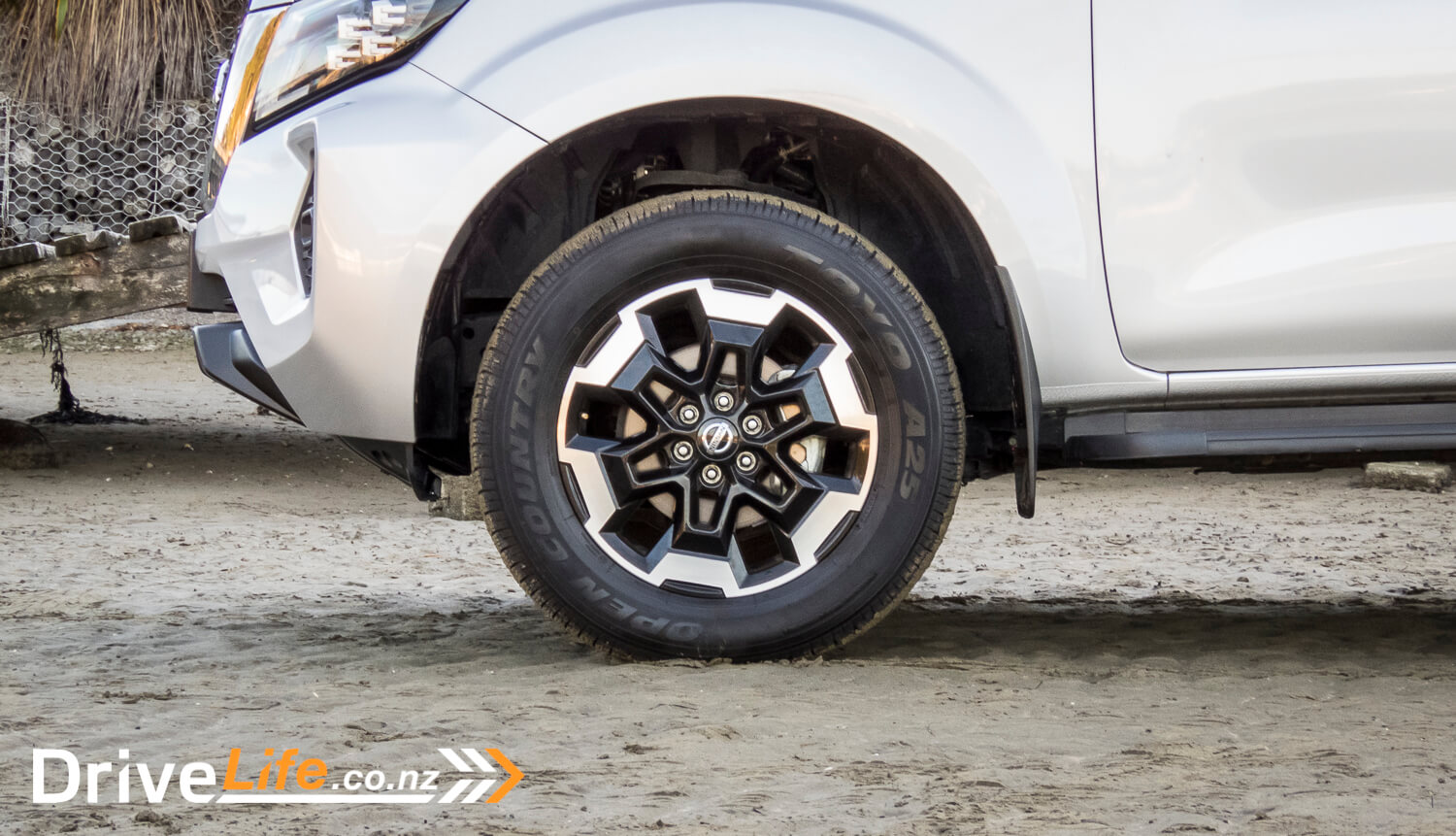
The Navara also features four switchable driving modes, which are Standard, Sport, Tow and Off-road. Switchable drive modes usually have negligible impacts on many vehicles, but Tow and Off-road modes do offer something useful in the Navara. Tow mode makes the Navara hold its gear slightly longer, meaning it shouldn’t hunt for gears when lugging heavier loads. Off-road mode blunts the inputs, mainly dialing down the throttle sensitivity. This is definitely great for managing wheel slip and torque surges on looser surfaces, assuming you’re not in 4-low.
Some of the major updates to this Navara is the addition of a suite of driver’s safety technology, which the brand dubs it as Nissan Intelligent Mobility. This gives the Navara plenty of new tech, including forward collision warning, blind spot assistance, plus all the others mentioned earlier in this review. The previous Navara was devoid of all of this tech, and remained a sticking point for the Navara for years.
It’s great that Nissan has finally attempted to bring the Navara in-line with the competition. However, there is one big exception to this which is still casting a shadow over the Navara lineup. The Navara range is not offered with Adaptive Cruise control! This is a huge missed opportunity for Nissan, especially given that adaptive cruise is offered on nearly every other ute we’ve tested.
Adaptive cruise is one of my favourite new car technologies, and arguably, it’s the most used of any on-board driver assistance system. Why would you neglect this Nissan?
I would make less of a fuss if this Navara were cheaper than the competition, but at $67,490, the ST-X is $6,200 more expensive than the top spec Toyota Hilux SR5 Cruiser at the time of writing. The Hilux also has adaptive cruise. As does the GWM Cannon L, at $39,999. Hmm.
Lastly, the automatic high-beams in our Navara seemed to have a mind of their own. I’d often find it engaging the high beams, even when another vehicle wasn’t too far out in front, which is what these systems are designed not to do.
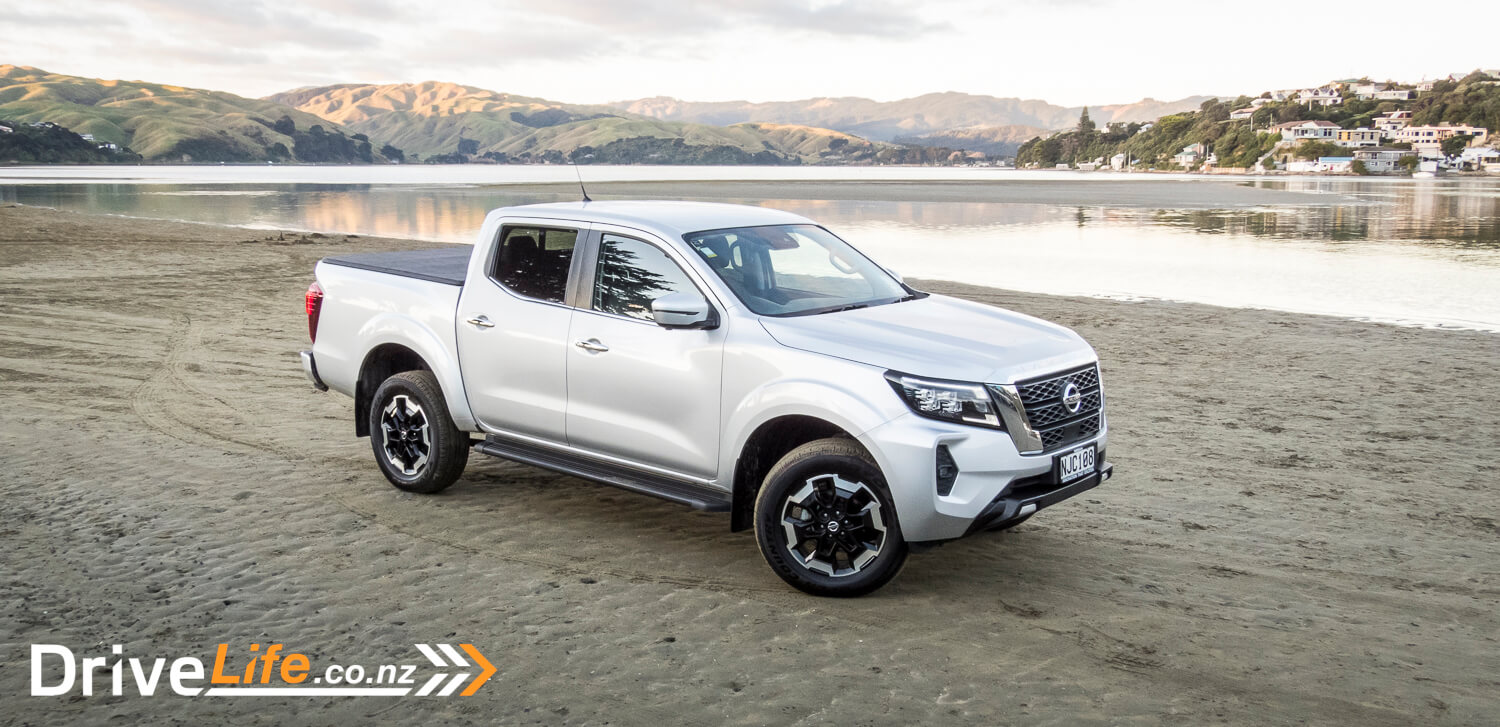
What’s The Competition For The Nissan Navara ST-X?
This table will show you two things; 1) how expensive utes have become, even though Covid-19 has been fudging things up, and; 2) just how expensive this Navara is relative to some very worthy competitors.
| Brand/Model | Engine | Power (kW)/Torque (Nm) | Economy, L/100km (claimed) | Tow Rating, Kg (Unbraked/Braked) | Price |
| Isuzu D-Max LS | 3.0-litre 4-cylinder turbodiesel | 140/450 | 7.7 | 750/3500 | $67,990 |
| Nissan Navara ST-X | 2.3-litre 4-cylinder twin-turbo diesel | 140/450 | 7.9 | 750/3500 | $67,490 |
| Ford Ranger XLT | 2-litre 4-cylinder twin turbodiesel | 157/500 | 8.4 | 750/3500 | $65,990 |
| Volkswagen Amarok Comfortline | 2-litre 4-cylinder twin-turbo diesel | 132/420 | 8.5 | 750/3200 | $63,000 |
| Toyota Hilux SR5 Cruiser | 2.8-litre 4-cylinder turbodiesel | 150/500 | 7.9 | 750/3500 | $61,290 |
| Mazda BT-50 Limited | 3.0-litre 4-cylinder turbodiesel | 140/450 | 8.0 | 750/3500 | $60,990 |
| Mitsubishi Triton VRX | 2.4-litre 4-cylinder turbodiesel | 135/437 | 8.6 | 750/3500 | $53,990 |
| GWM Cannon-L | 2.0-litre 4-cylinder turbodiesel | 120/400 | 9.4 | 750/3000 | $39,990 |
Pros
- Ride quality and comfort
- Toughened looks with sharp new LED lights
- Good fuel economy
- Uncompromised tray payload
- Thoughtful features – love the rear window
Cons
- Expensive for what is offered
- Late to the party technologically
- No adaptive cruise control option
- Auto hi-beams have a mind of their own
- Middle-of-the-road powertrain performance compared to competition
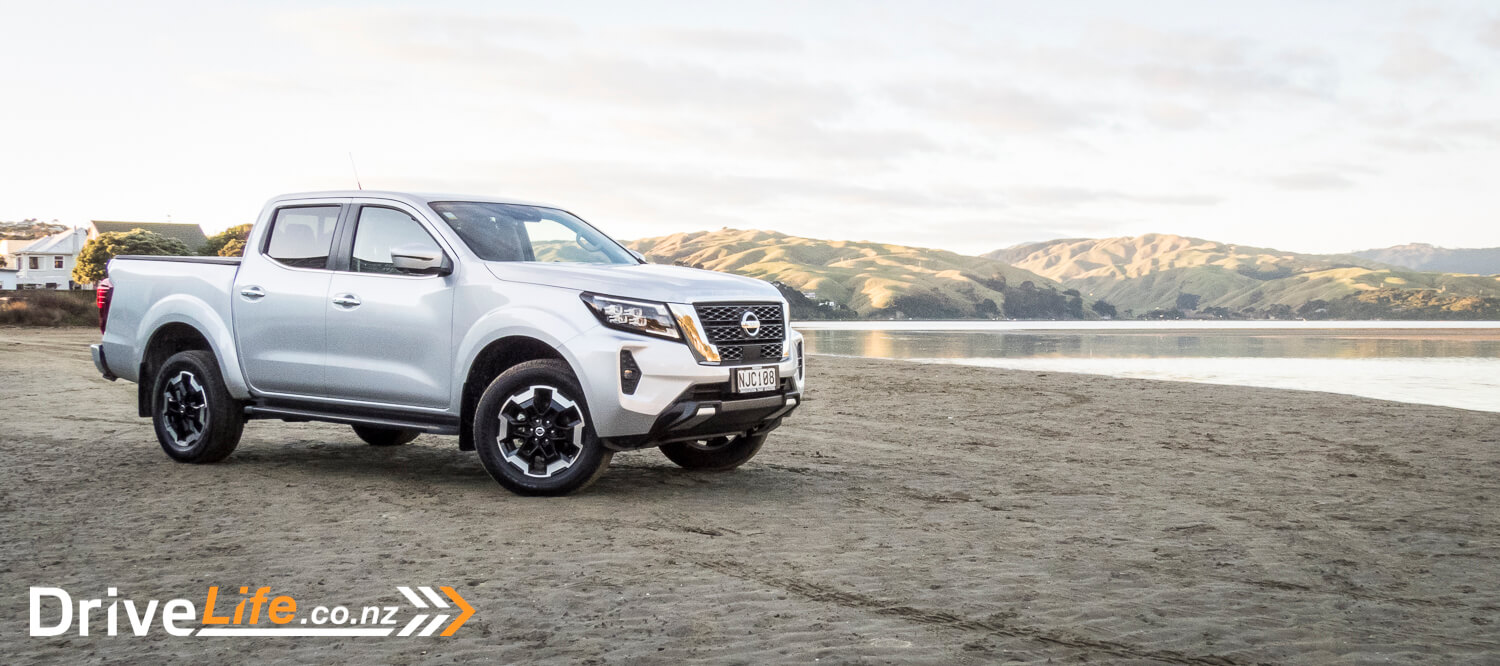
| Vehicle Type | 5-door double-cab ute (4X4) |
| Starting Price | $67,490 |
| Price as Tested | $67,490 |
| Engine | 2.3-litre 4-cylinder twin-turbo diesel |
| Power, Torque (kW/Nm) | 140/450 |
| Transmission | 7-speed automatic |
| Spare Wheel | Full size |
| Kerb Weight, Kg | 2,059 |
| Length x Width x Height (mm) | 5255 x 1850 x 1815 |
| Fuel tank Capacity, litres | 80 |
| Fuel Economy, L/100km (Combined) | Advertised Spec – 7.6 Real World Test – 8.4 |
| Towing Capacity Kg, unbraked/braked | 750/3,500 |
| Tray Payload | 1,027kg |
| Approach/Departure Angle | 31.8/19.6 |
| Turning Circle | 12.6m Small: 6-10m / Medium 10-12m / Large 12m+ |
| Warranty | 5-year/150,000km new vehicle warranty 5-year Roadside Assistance |
| ANCAP Safety Ratings | 5 Star (2015) |


